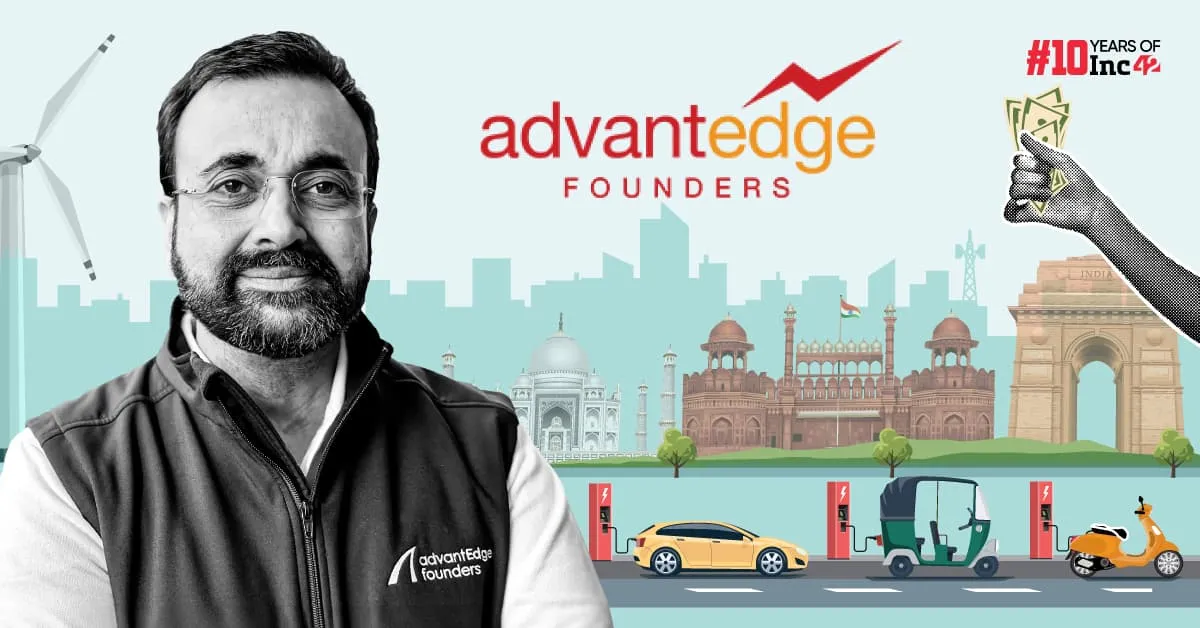EV Future: Why Infrastructure Trumps Subsidies in India's Electrification Journey

The Importance of Infrastructure Over Subsidies in India's EV Journey
As the EV sector in India confronts diminishing subsidies, the focus shifts to infrastructure needs. Discussions with Kunal Khattar from AdvantEdge reveal challenges and opportunities reshaping the EV landscape. While electric two-wheeler companies grapple with subsidy reductions, emerging financing alternatives and technological advancements play a critical role in the transition.
Current State of EV Infrastructure in India
Much of the attention has centered on personal mobility, such as vehicles from Ather or Tata Motors. However, Khattar advocates for prioritizing B2B EV adoption, as commercial vehicles consume 70% of energy despite being only 10% of total vehicles.
- Battery Technology Improvement: Rapid advancements are making substantial contributions to electric mobility.
- Charging Infrastructure: A pressing issue, with many advocating for strategic developments such as battery swapping.
- Government Support: While supportive, India lags behind in investment compared to other nations like China.
Challenges and Opportunities
With the government’s FAME-II program facing scrutiny, experts like Khattar suggest capital investment in manufacturing and infrastructure. Without competitive solutions for charging and component manufacturing, the EV ecosystem may stagnate.
The Path Ahead
Investments should emphasize manufacturing and infrastructure improvements. The potential of AI and semiconductors in enhancing EV efficiency presents significant opportunities in the coming years.
This article was prepared using information from open sources in accordance with the principles of Ethical Policy. The editorial team is not responsible for absolute accuracy, as it relies on data from the sources referenced.